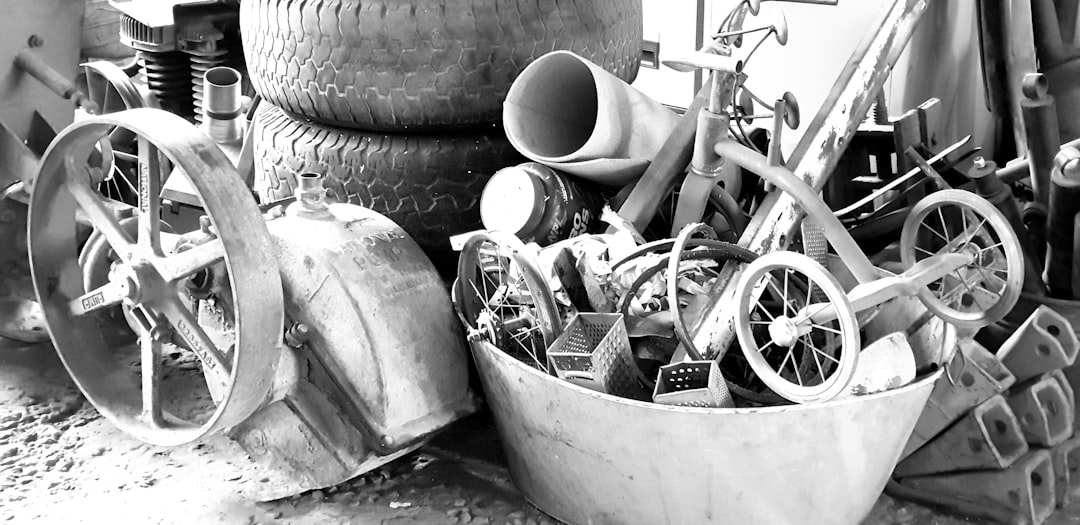Smart Tips For Finding

Understanding Stormwater Management
0 Picture Gallery: Smart Tips For Finding
Rainwater runoff poses challenges to urban areas, leading to flooding, water pollution, and erosion. To tackle these issues effectively, cities utilize various stormwater management techniques, one of the most innovative being underground stormwater detention systems. These systems play a crucial role in controlling and managing excess stormwater, helping to protect the environment and urban infrastructure.
What Is Underground Stormwater Detention?
Underground stormwater detention refers to a method where stormwater is temporarily held in underground tanks or vaults. This approach allows cities to manage rainwater more effectively by controlling the rate at which it is released into the drainage system. The underground structures can store large volumes of water during heavy rainfall, gradually releasing it to prevent overwhelming the surface drainage systems.
The Importance of Detention Systems
Using underground stormwater detention systems offers several benefits. First, they help mitigate flooding in urban areas, protecting homes, businesses, and infrastructure from damage. By storing excess rainwater, these systems maintain the natural flow of water in local streams and rivers, reducing the risk of erosion and habitat destruction.
Moreover, these systems can improve water quality. As stormwater often carries pollutants, such as debris, chemicals, and sediments, the detention process allows some of these contaminants to settle before the water is released into the environment. This can lead to cleaner waterways, promoting healthier ecosystems and providing safer recreational areas.
Design Considerations
When designing an underground stormwater detention system, several factors must be considered to ensure its effectiveness. The size of the facility should be determined based on the specific watershed characteristics, such as land use, soil types, and rainfall patterns. You’ll also need to account for the anticipated volume of runoff generated by different storm events.
Materials play a vital role in the construction of detention systems. Using durable, non-permeable materials ensures that the structure can withstand the pressures of the surrounding soil and water. Additionally, the design should facilitate easy maintenance, including access for cleaning and inspections, to ensure long-term functionality.
Integration with Green Infrastructure
Incorporating underground stormwater detention systems into a broader green infrastructure strategy enhances their effectiveness. Green roofs, permeable pavements, and rain gardens can work together with detention systems to manage stormwater more naturally. By combining these elements, urban planners can create more sustainable environments that absorb and filter rainwater at multiple levels.
Community Awareness and Education
Educating the community about the importance of underground stormwater detention systems is essential for their successful implementation and maintenance. By raising awareness about the benefits of managing stormwater effectively, communities can foster support for these projects. Engaging residents in discussions about stormwater management can lead to increased participation in local initiatives, such as clean-up events and maintenance programs.
A Sustainable Future
As urban areas continue to grow, managing stormwater will remain a critical challenge. Underground stormwater detention systems provide an effective solution that not only addresses flooding and water quality issues but also contributes to the overall health of the environment. By investing in and promoting these systems, cities can work towards a more sustainable future, ensuring that stormwater is managed in a way that protects communities and ecosystems alike.
How I Achieved Maximum Success with
This post topic: Software